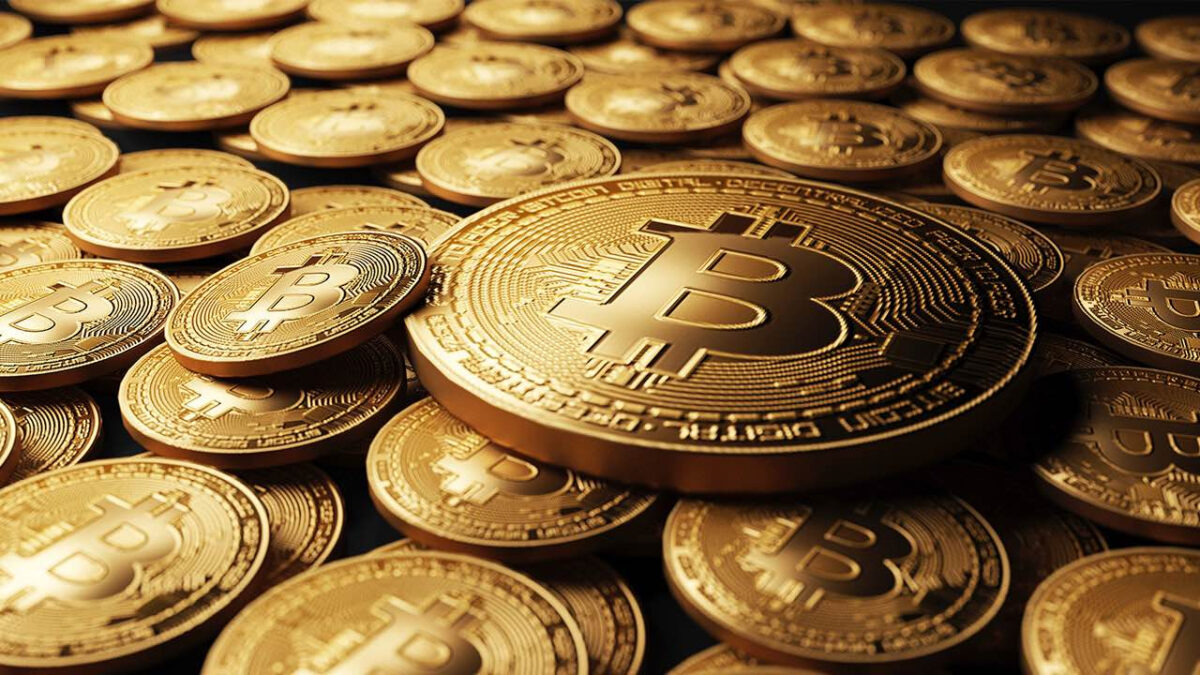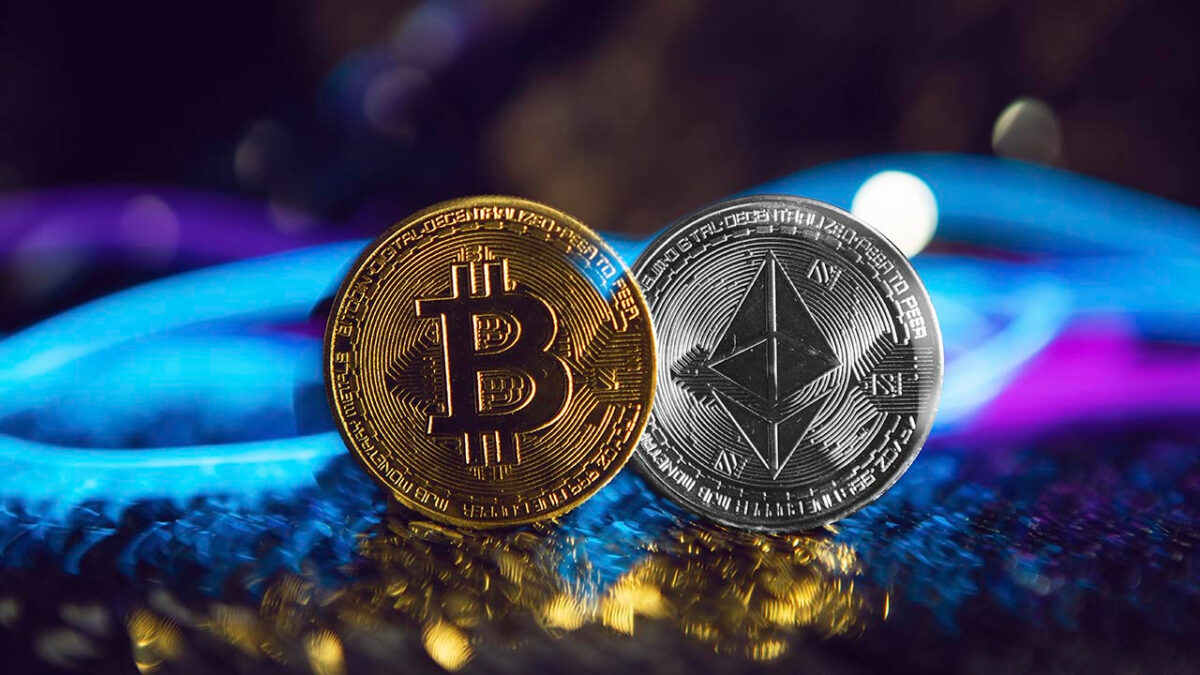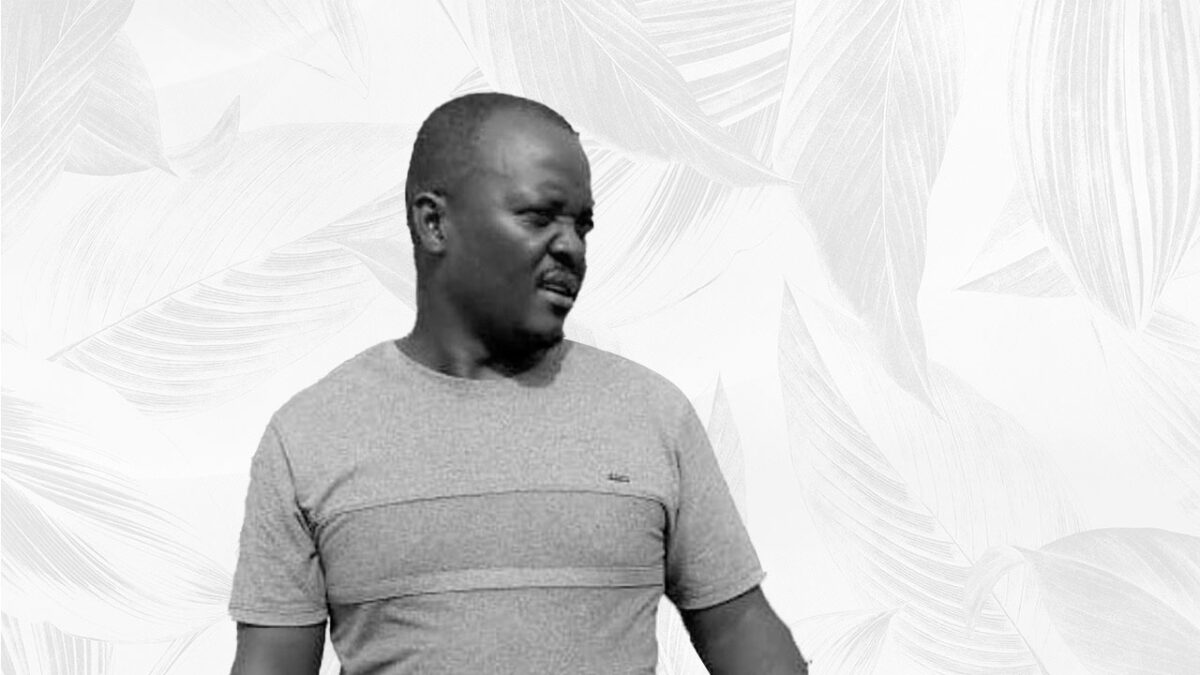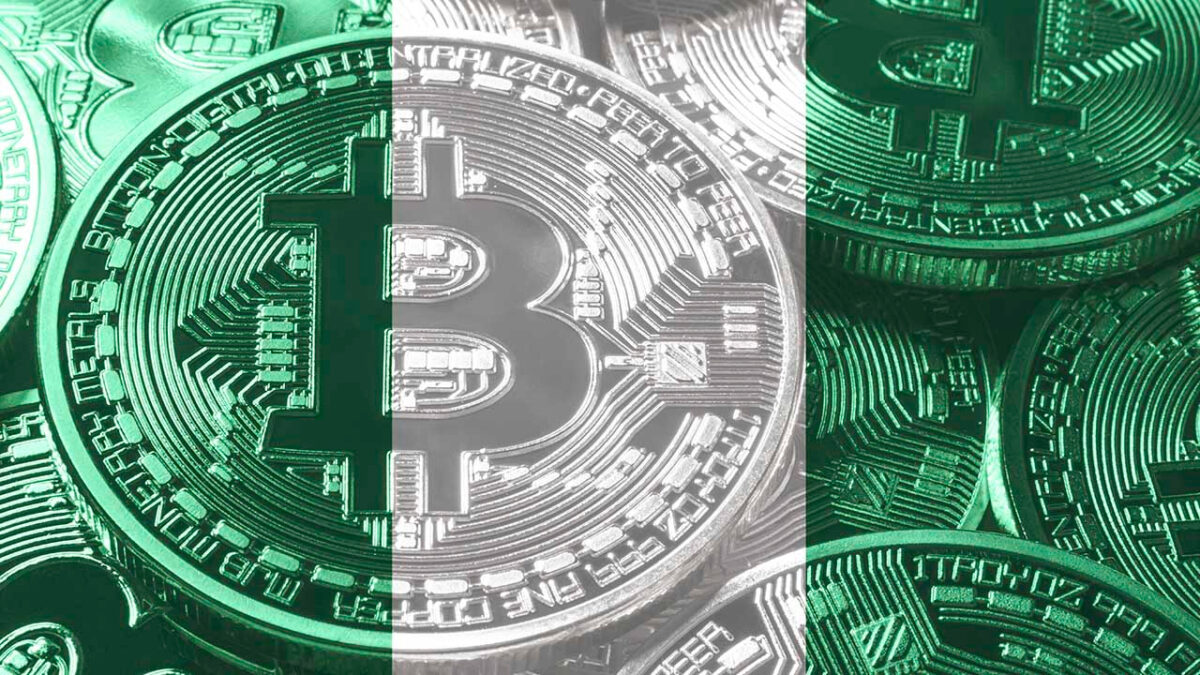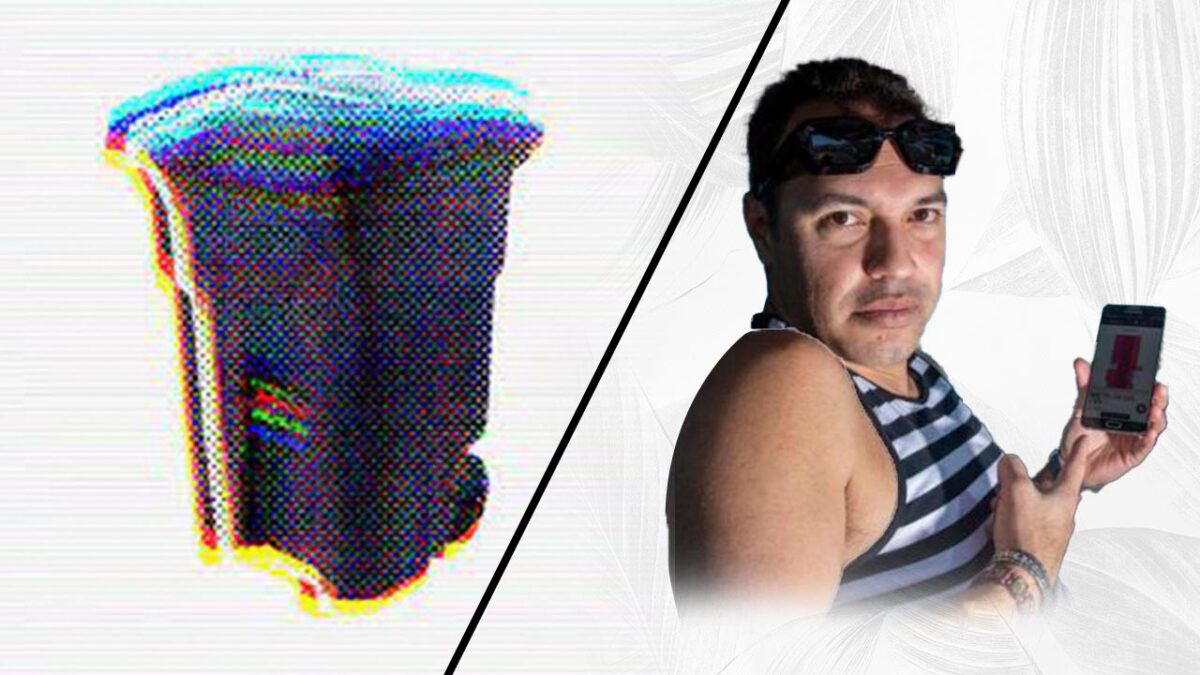Bitcoin mining is the process of discovering new blocks and assisting with transaction validation using Bitcoin’s proof-of-work (POW) consensus method. The integrity of the blockchain is ensured by the collective efforts of all Bitcoin miners, who ensure that transactions are basically irreversible.
The miner earns a payout each time a new block is discovered, known as the Bitcoin block reward. This is now fixed at 6.25 BTC per block following the 2020 halving, however most miners receive significantly less due to working together as part of a mining pool.
Many people prefer to mine their own Bitcoin rather than purchasing or selling it since it is typically cheaper to mine than to buy it on the open market. As a result, under the appropriate circumstances, mining and selling Bitcoin can be a viable business venture.
Here’s how you can help.
What do you need to mine Bitcoin?
If you want to participate in Bitcoin mining, you’ll need to learn a few things first.
To begin, you will require a Bitcoin wallet. It doesn’t matter what kind of wallet you use as long as it’s secure. This will be used to receive your mining profits, which might be large depending on your mining setup. Hardware wallets are commonly regarded as the gold standard in terms of security, but they’re also more difficult to operate. Instead, many miners choose to use software wallets like Electrum because they are more convenient.
Following that, you’ll require your mining hardware. This is the machine you’ll need to actually engage in the Bitcoin mining process, which we’ll go over in more detail in the next section. The more powerful your system (in terms of hash rate), the higher your rewards will be—but there are other factors to consider as well (more on this later).
The mining software is the final step. This is software that you install on your computer and instructs your mining gear on how to operate, such as which mining algorithm to use, when to operate, and where to send mining rewards in Bitcoin. This can have an impact on your mining yields, so pick wisely.
Types of mining software
When Bitcoin mining originally started in 2009, the difficulty was low enough that low-power devices could participate by leveraging their CPU resources. Individual miners could discover blocks with their standard computer at the time, receiving 50 BTC every discovery.
However, when Bitcoin mining became more popular, miners began seeking for ways to get an advantage over their competitors, and GPU mining was born. People began connecting enormous arrays of graphics processing units (GPUs) to mine Bitcoin in 2010, resulting in a six-fold efficiency boost over CPU mining, according to mining consultancy firm Navier.
However, the GPU mining era was short-lived. In 2011, it was discovered that field programmable gate arrays (FPGAs), a specific sort of technology, could be constructed to mine Bitcoin more efficiently. This type of hardware ruled Bitcoin mining until 2013, when it was supplanted by application-specific integrated circuit (ASIC) miners, who now reign supreme.
Nowadays, unless you plan to mine Bitcoin using a supercomputer with tens of thousands of CPU or GPU cores, you’re unlikely to be competitive as a Bitcoin miner—and you’ll almost certainly lose money. Unless your acquisition and electricity costs are small, you’ll almost probably require an ASIC miner.
Bitmain’s AntMiner S19 Pro, S19, and T19 are undoubtedly the most efficient Bitcoin miners available at the time of writing—but finding stock is difficult.
How profitable is Bitcoin mining?
Though Bitcoin mining profitability has improved in recent months, owing to the fast increasing market value of Bitcoin, the amount of money you can earn depends on a number of factors.
Your hardware is the most crucial of these. More powerful computers can do the calculations required to find Bitcoin blocks significantly faster, resulting in more rewards. However, it is often more expensive.
The cost of electricity is the next most significant factor to consider. Because electricity will be your key expense, having cheap, consistent electricity can help you maximize your mining production. You should also consider your maintenance costs, such as cooling, changes, and installation charges, as well as how the pool fee will affect your yield if you use one.
How to choose mining software?
You’ll need to choose mining software for your computer before you get your Bitcoin mining hardware up and running. This is where you choose which mining algorithm you want to use, which pool you want to utilize, and where you control your miner.
Though they all provide the same basic functionality, they might differ significantly in terms of efficiency and added capabilities. Furthermore, the mining software you use might have an impact on the productivity of your Bitcoin mining operation, so it’s a good idea to try out a few before making a long-term commitment.
These are some of the basic considerations you should make when choosing mining software:
- Make sure the software is compatible with your operating system, such as Windows, macOS, Raspberry Pi OS, Linux, and so on.
- Support for the SHA256 mining algorithm: To mine Bitcoin successfully, the program must support the SHA256 mining algorithm.
- Hardware support: Some programs can mine with CPUs, GPUs, FPGAs, and ASICs, while others can only mine with specified hardware.
- Low resource miners are more efficient in general, but they are also more difficult to utilize.
- Additional functionality: Some of the most popular extra features are automatic coin switching, remote access, and mining scheduling.
Bitcoin mining software is frequently available for free download and use. However, you’ll often find that many software packages charge a price (or ask for a donation) for more capabilities, while the most basic to use and set up are free.
What are Bitcoin mining tools?
A Bitcoin mining pool is a group of Bitcoin miners who collaborate to increase their chances of mining BTC successfully. When a big number of Bitcoin miners work together, they are able to discover more blocks than if they worked alone, resulting in a more stable income. While it is feasible to mine Bitcoin on your own, unless you have some major hardware, it is unlikely to ever return any benefits. Instead, with Bitcoin mining pools, everyone aligns their mining power toward the same goal for the pool’s overall benefit.
When you mine Bitcoin as part of a pool, you will receive a share of the profits earned by the pool in accordance with your share of the pool’s hash rate. As a result, regardless of whatever miner in the pool actually discovers the blocks, if you provide 1% of the hash rate, you will receive 1% of the rewards.
It’ll primarily come down to personal preference when deciding which pool is best for you. However, the larger the pool, the more stable your revenue will be. You should also think about pools based on their task assignment system, minimum reward threshold, cost schedule, and transparency, among other things.
What is cloud mining?
Although the majority of Bitcoin miners set up their own hardware and collaborate with a mining pool, this isn’t the only option to participate.
Cloud mining is quickly gaining favor as a more convenient option. Cloud mining companies are internet portals that let you rent cryptocurrency mining processing capacity. As a result, you may get started mining Bitcoin with virtually no obstacles to entry. You simply register an account, select a mining plan, make your money, and earn your Bitcoin—all without the hassles and costs of obtaining and setting up your own hardware.
These platforms either pool mining power from their users or run their own enormous mining operations, allowing them to offer mining power to consumers at near-cost prices thanks to economies of scale. However, while these platforms are less expensive to begin with, there is no assurance that they will be lucrative, and they sometimes demand long contracts in order to obtain the best rates.
When choosing a cloud mining provider, study the fine print of your contract and utilize one of the many Bitcoin mining profitability calculators to determine whether your strategy will be successful over time.
Bitcoin mining in 2022
Companies that provide mining services have agreed that, like death and taxes, two things are certain in 2022:
- Application Specific Integrated Circuit (ASIC) demand will continue to rise, particularly in the home mining market.
- In 2022, the major challenge for the ASICs and infrastructure market will be supply chain concerns.
